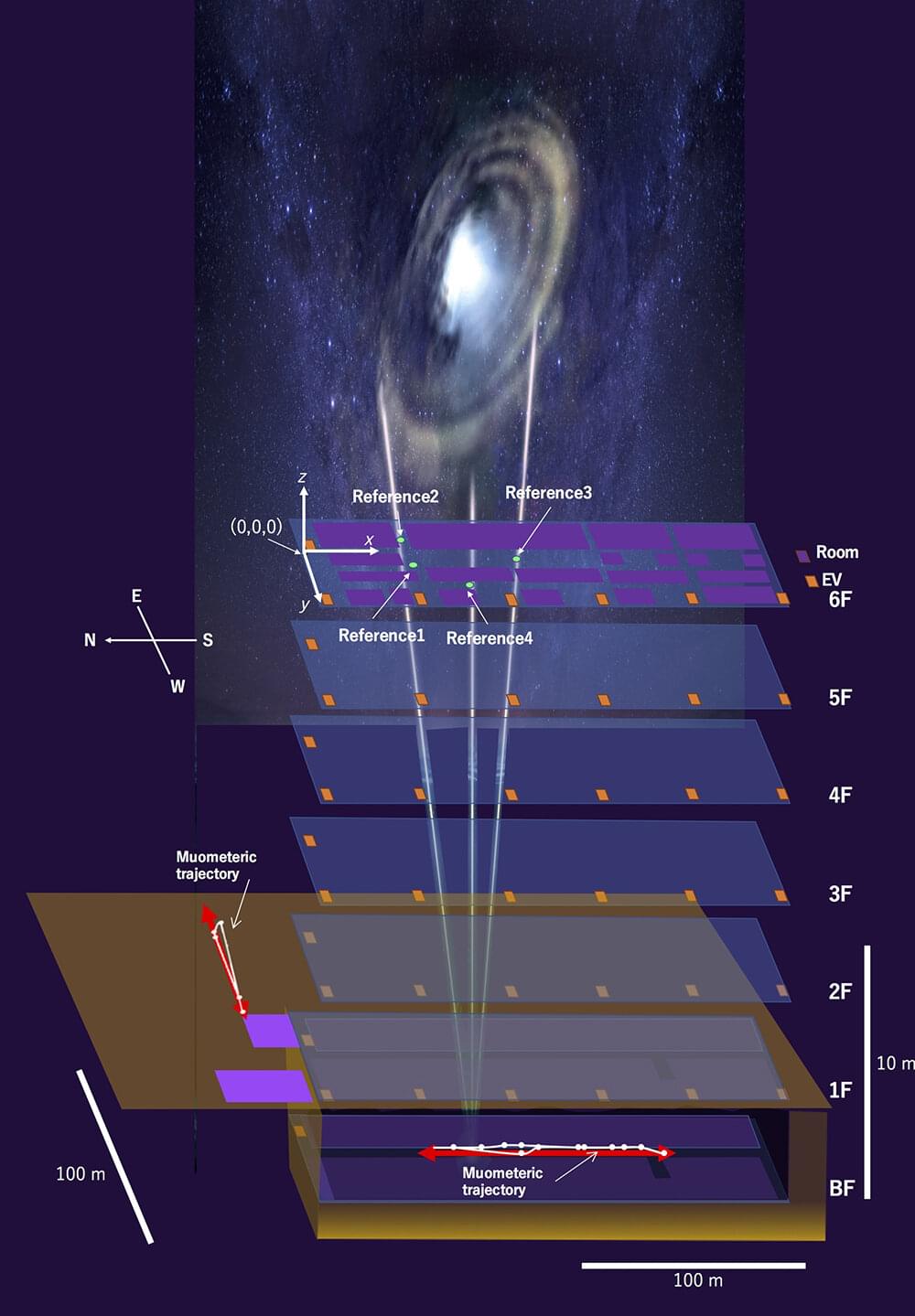On May 8, Shenzhen citizens found a significant reduction in their social security pension balances. Some people’s accounts even shrunk a third, the most loss reached 120,000 RMB, around 17,000 USD. A wave of public outcry ensued, with aggrieved parties accusing the government of arbitrarily “pooling” their hard-earned social security funds. The controversy grew to such an extent that the balance inquiry function of the Shenzhen social security system was promptly suspended.
Following in the footsteps of Shanghai, Shenzhen has become the second major city to execute a social security coordination. Between midnight on April 24th, 2023, and 9 am on May 8th, the Shenzhen Social Insurance Information System was suspended to integrate into Guangdong Province’s system, thereby linking to the National Pension Insurance Coordinated Information System for Enterprise Employees. Upon the system’s restoration, however, a considerable number of Shenzhen residents were shocked to find that their social security account balances suddenly decreased, with some accounts seeing a drastic 30–40% plunge. The whereabouts of these diverted funds remains a mystery.
The government’s actions prompted sharp rebuke. Many people criticised the authorities for appropriating funds without prior consent or notification, especially for a matter as important as social security funds. As the public searched for the reason behind this, some people pointed out the precarious state of the existing pension and medical insurance funds, which are very low, and underscored the severe challenges confronting the nation. To mitigate this crisis, the CCP is reportedly exploring various reform measures, including the integration of Shenzhen’s social security system with that of Guangdong Province, to pool and coordinate the two funds together.
#chinaPensions #chinaeconomy #chinaobserver.
All rights reserved.






